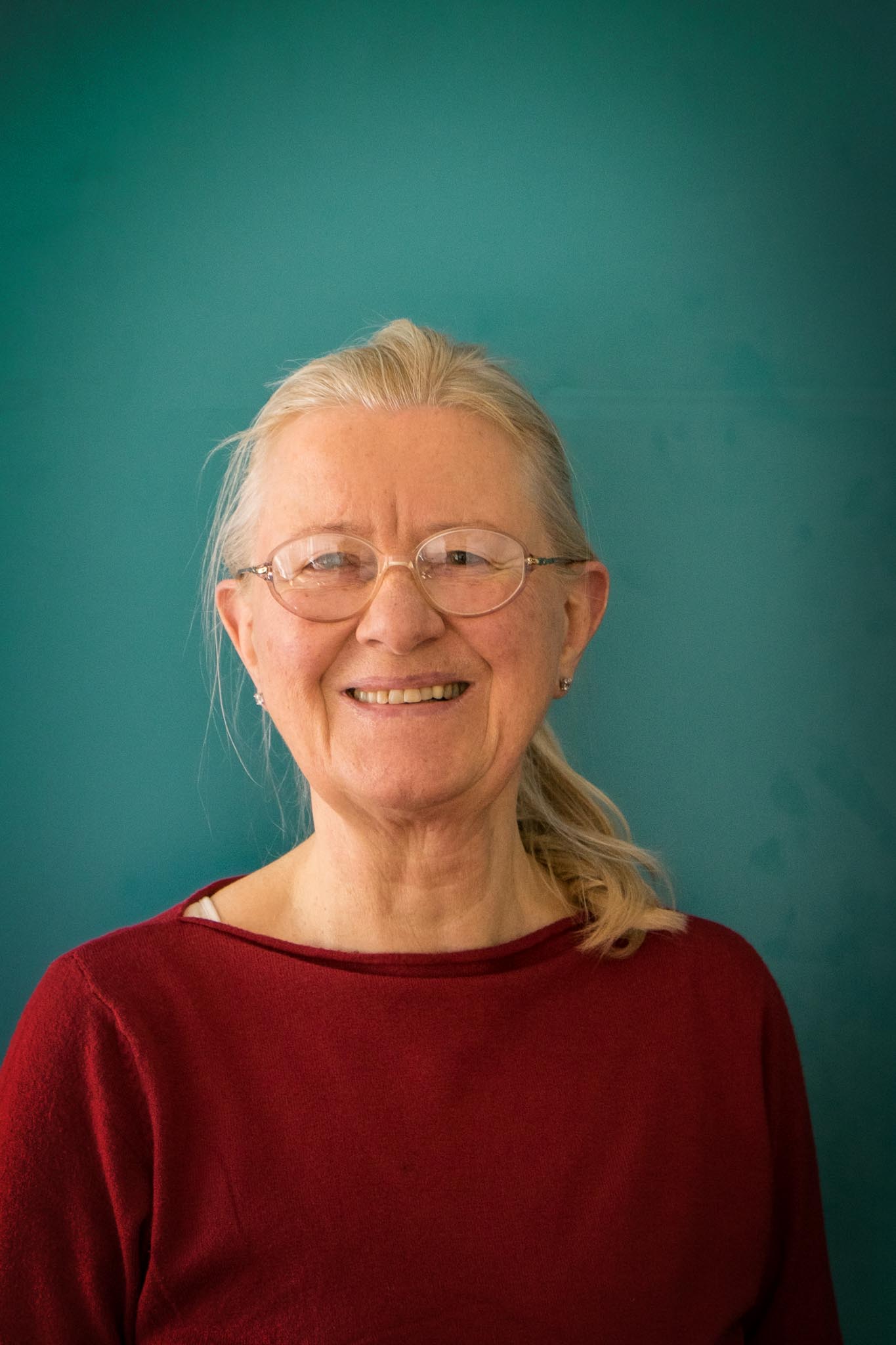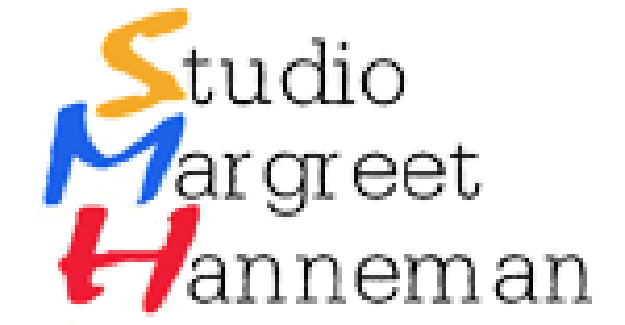Born in Holland, she graduated in dramatic arts at the Max Reinhardt Seminar in Vienna and studied Dance at the Akademie für Musik und Darstellende Kunst in Vienna.
She also obtained a diploma as Organist from the Conservatory of Amsterdam.
She has deepened her research in the field of Psychokinetics, with Marta Egri De Bosio and Giovanna Bruno, later finding a synthesis and a valid scientific support in the studies conducted with Prof Jean LeBoulch in Paris.
Audio Psycho–Phonology, developed by Professor Alfred Tomatis of Paris, has further enriched her training, enabling her to integrate the previous experiences, applying her musical knowledge to her current professional activity.
She has been the head of a project on the global application of the Tomatis Method at the Scuola di Alto Perfezionamento Musicale of Saluzzo (School for Advanced Musical Studies – European Project) from 1989 to 1991.
Together with Roberto Vaccani, from 1990 to 2008, she conducted several seminars for trainers and teachers of S.D.A., for the Commercial University Luigi Bocconi of Milan.
She gained further training, based on Breath and Voice, graduating in the method, which bears the name of its creator, the Belgian singer Serge Wilfart.
She has developed a personal approach to voice, integrating various disciplines and experiences, through intensive workshops, group and individual lessons.

Listening means paying attention, integrating a message and giving an adequate response; it represents the basis of language and communication.
Method
Audio Psycho–Phonology was born from research of Alfred A. Tomatis, a French physician specialized in otolaryngology. This discipline is intended to educate or re-educate the listening function and therefore the quality of communication.
In the 1960s, Tomatis discovered that the voice uses only the frequencies it can perceive and that any change in the auditory pattern involves a change in the voice. When we can once again correctly perceive the deficit frequencies, these frequencies reappear in the voice as well.
This process also applies to communication in a broad sense with all its emotional and relational components. Even the motor and psychomotor faculties are involved and the person can communicate and move more appropriately, richly and precisely. Behaviour evolves towards being more balanced and fulfilling.
Means used
Audio Psycho–Phonology uses Mozart’s music, particularly rich in acute and harmonic frequencies that nourish the central nervous system, and Gregorian chants that balance the vegetative nervous system. Acute sounds are a fount of primary energy. This energy helps to memorize better, to maintain an easy and prolonged concentration, and a constant level of attention. Therefore, it facilitates learning skills. Without this recharge, we tire more easily, we are obliged to compensate for mental stress with more sleep or with a higher consumption of sugars.
The desired effects
The auditory stimulations used in Audio Psycho–Phonology are not only directed at the cochlea, – the part of the inner ear that analyses sounds – but also at the vestibule that manages balance, regulates muscle tone, improves perception of one’s own body and therefore also postural and motor coordination.
Listening sessions therefore involve the different functional levels of the person: postural, energetic, emotional and cognitive, components that, thanks to a better functioning of the listening faculty, are reconciled and integrated with harmony and naturalness.
In this way, the cognitive functions can express themselves to the best, since their own learning dynamics have a solid foundation with respect for the integrity and uniqueness of the person.
Voice
written by Chiara Italia
Talking and singing are experiences that we do every day, since we were born: with the first cry – and therefore the first breath – the child affirms its being in the world, and manifests diversified series of states of being through vocal expression. Sometimes these are even difficult to interpret. Voice is thus the first mode of communication and affirmation in the world: like saying “here I am!” From an evolutionary point of view, song occurred even before the word: the voice, before taking the form of meaningful words, is first and foremost even a game, in the stage that we know as “babbling”, where the child experiences what is happening in its body, making sounds and vibrations, playing and modulating the simplest sound of vowels, then gradually more complex.
But why should we learn to comprehend something that we always do?
What can we expect from this work?
In this path of learning and development of the spoken and sung voice, the main purpose is to “make friends” with one’s own voice so as to find, as much as possible, that which corresponds the most authentically to the person, eliminating the performance anxiety which occurs in different situations of life. The voice should grow with the person, so that it corresponds to them, and it should always be in connection with what everyone “is” in their authenticity, which is not always frequent or easy to accomplish. In this path, vocal techniques are used and not “taught”: the goal is – in the various degrees of awareness – discovering, rediscovering or otherwise not losing their own vocal personality and their ability to identify with their own voice. It is therefore not a course on learning vocal techniques, but it is a path of awareness to understand how you use your own voice, depending on how you breathe and the posture that you assume. The ultimate goal that can be reasonably achieved is to relieve tension, deepen breathing, relax facial muscles, especially the jaw, stand up straighter so that the breathing becomes larger, standing well on the feet until the body can set itself down on the ground with confidence. In this “journey” a calm and greater security will be discovered, our vocal and gestural expression will become more authentic, regardless of the use we want to make with our voice. We will have found a source of joy and vital energy within us that will never abandon us and can be used in all situations of our lives, both professional and personal.
Purpose
“To be or not to be, that is the problem”
From adults the activity of talking, like singing, can be very entertaining or very unpleasant because they are deeply tied to our emotional sphere. It is an everyday experience to hear that the tone of our voice reveals much more than we would like, for example when it shakes slightly when facing a difficult situation, or when we recognize in ourselves or in others a voice that is not “authentic,” so much so, as to say or think, “I wasn’t myself …. that wasn’t you …”.


